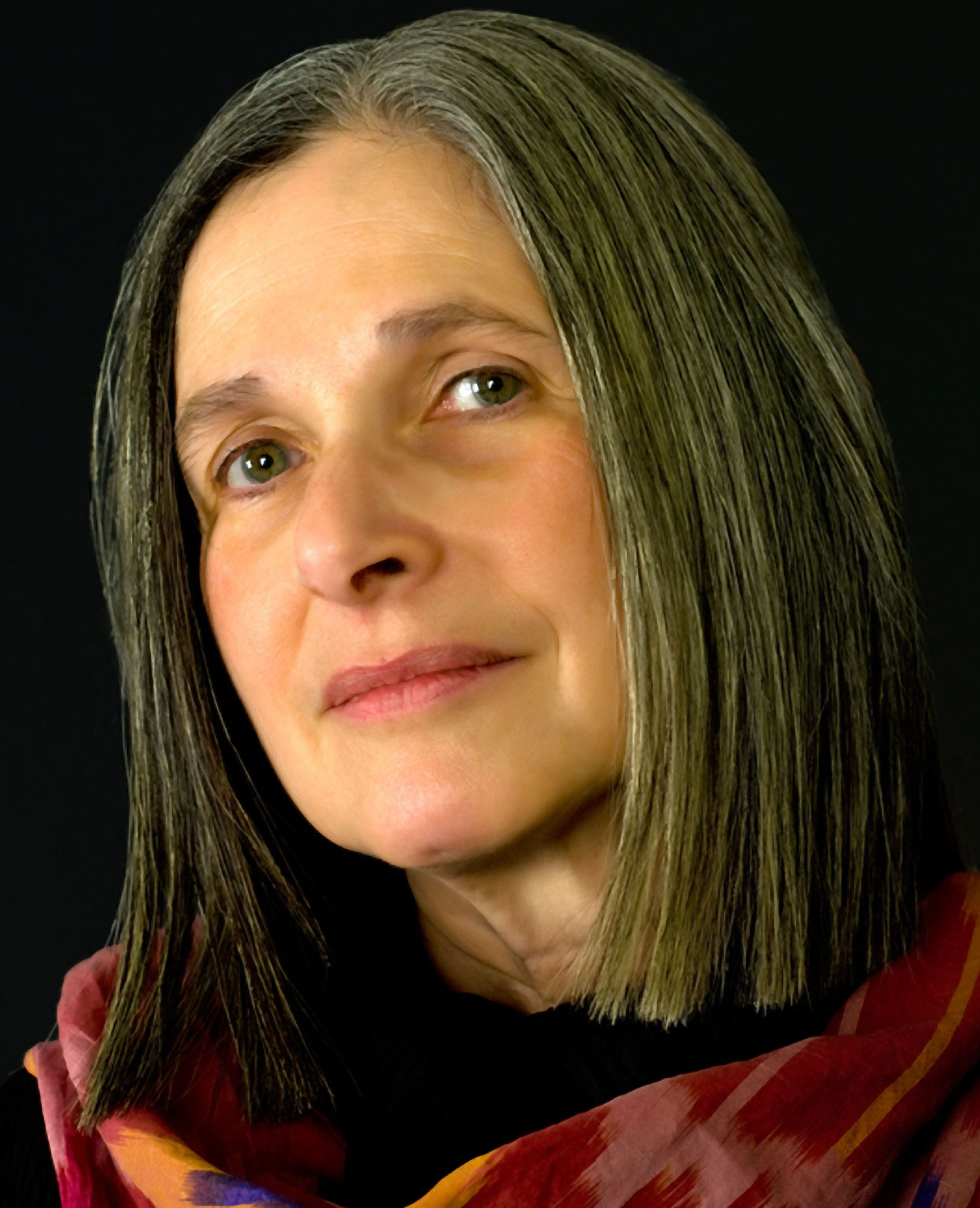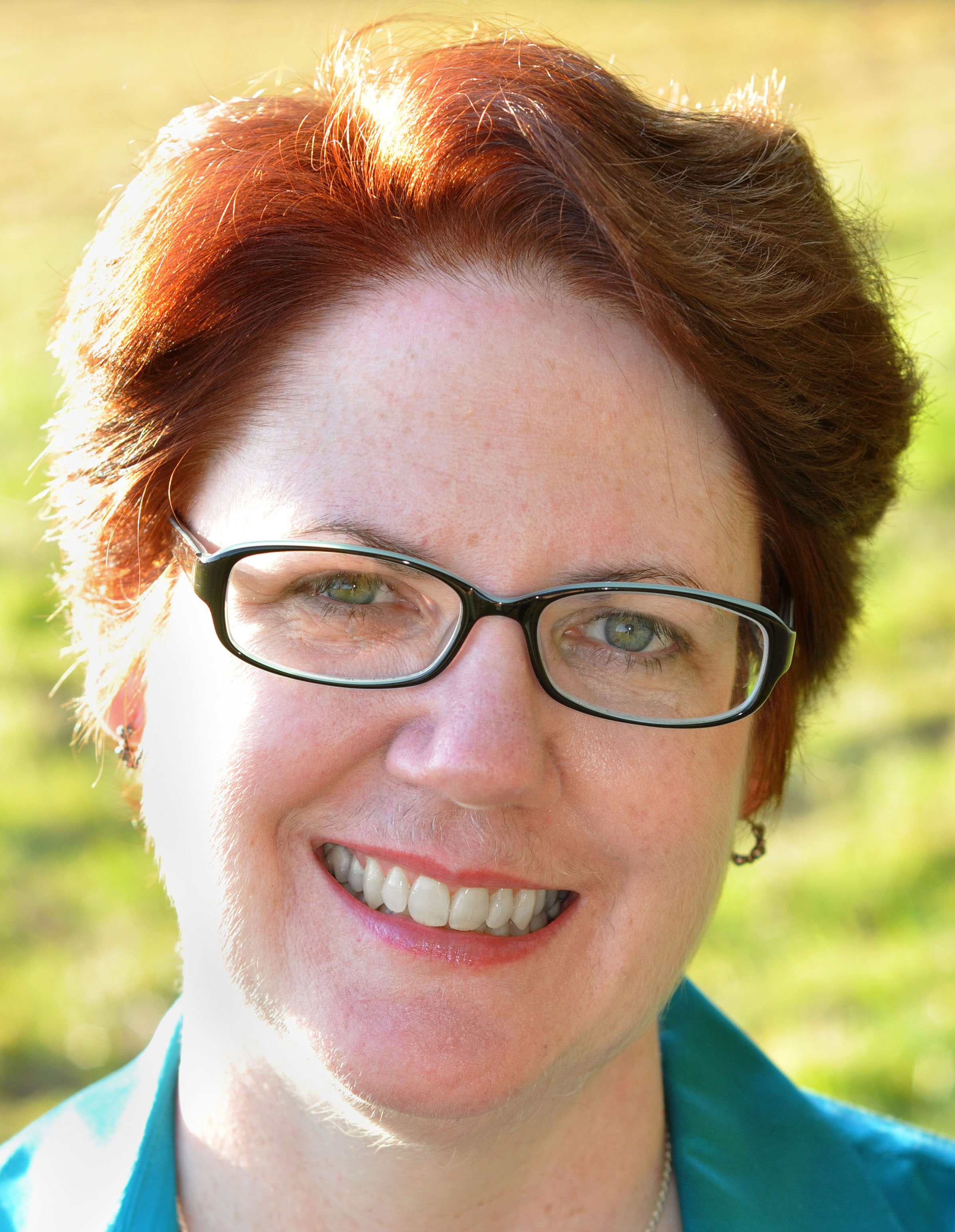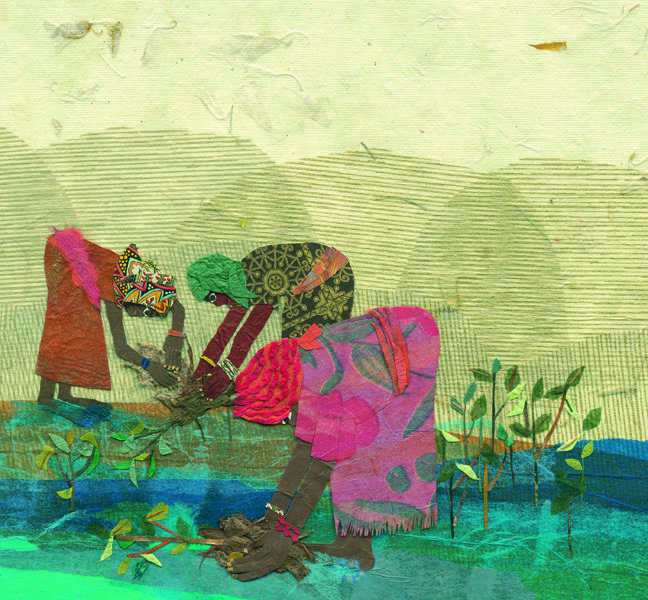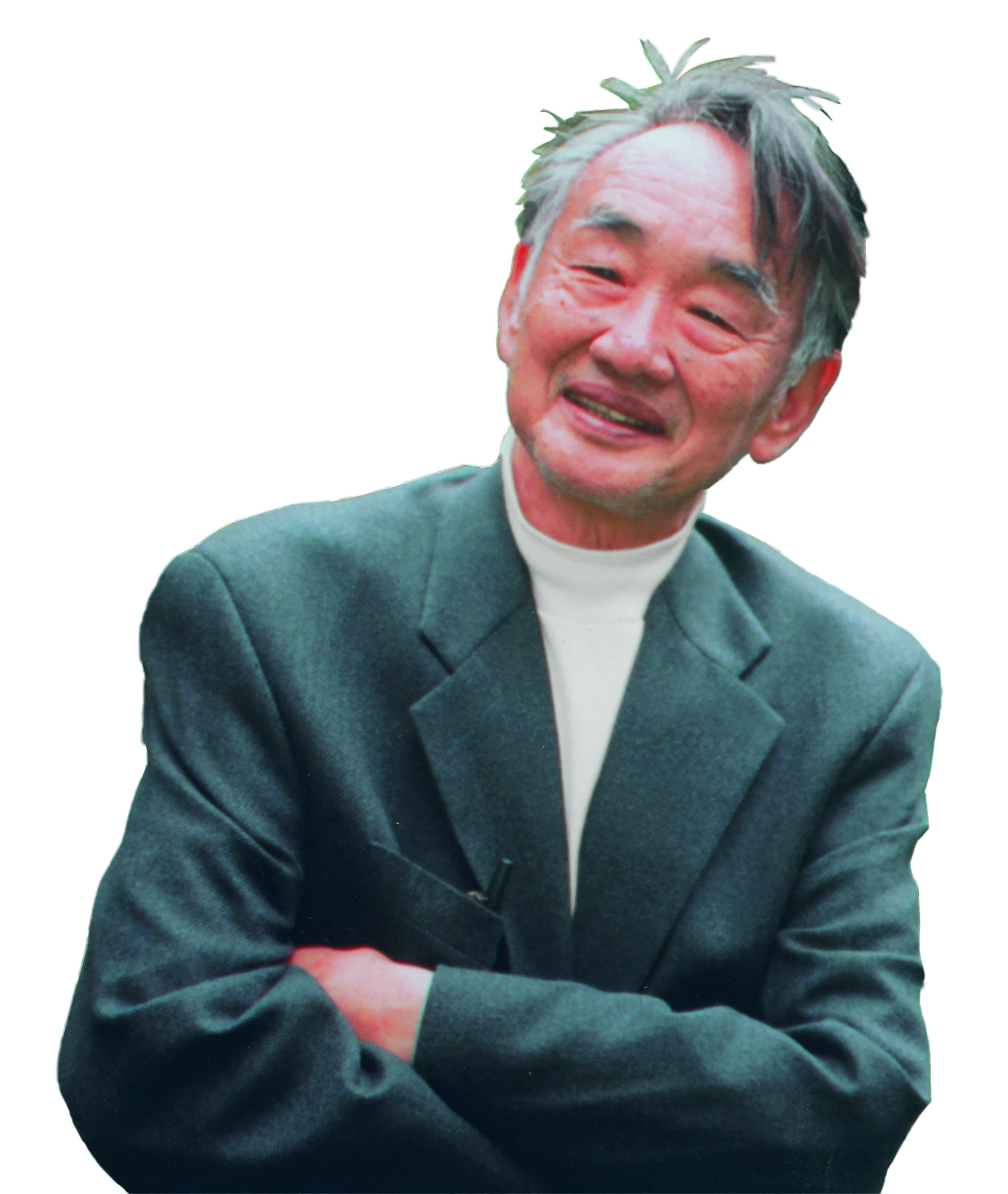INTERVIEWS:
The Mangrove Tree
By Susan L. Roth, Cindy Trumbore
Illustrations by Susan L. Roth


The story of Dr. Gordon Sato’s work in Hargigo, Eritrea, is the inspiration for co-author and illustrator Susan L. Roth and co-author Cindy Trumbore’s book, The Mangrove Tree. In this BookTalk, Roth and Trumbore discuss the impact of one person on our global community.
How did you hear about Dr. Sato? What made you decide to write a children’s book about his work in Eritrea?
Susan L. Roth: My husband first met Dr. Gordon Sato through international medical research circles, and our two families became friends. I had the idea to write a children’s book about Gordon’s work because I found it inspiring.
Cindy Trumbore: Susan originally asked me to help edit the manuscript since she’d worked with me as an editor on numerous children’s books. As I became more involved with the research and the structure of the text, Susan invited me to be the co-author, and I was happy to accept.
In addition to images and information from Dr. Sato’s projects, did you do any other outside research for this book? Have either of you visited Eritrea?
SLR & CT: We had just started talking about the possibility of visiting Eritrea when the U.S. State Department escalated the warning for Americans about visiting the country. Americans couldn’t be guaranteed safety outside of the capital city, Asmara, due to tensions that still remain from the Eritrean-Ethiopian civil war. We did extensive research in order to write knowledgeably about the science involved in the mangrove-planting project, and interested readers can find our sources listed in the bibliography. We were lucky that Dr. Sato has documented the project extensively, in photos and in his publications.
Two central themes of The Mangrove Tree are ecological preservation and the symbiotic relationship between humans and nature. Are these issues that you are particularly passionate about?
SLR & CT: We are passionate about the fact that Dr. Sato’s solution to global world hunger is both low-impact and low-cost.
Were there any specific causes that you were especially interested in as a child? How did you get involved?
SLR: I have always been especially interested in third world issues, ever more so as wider and wider traveling has increased my direct exposure to some of the serious issues. As an individual who has been privileged enough to have seen a lot of the world, I feel deeply my responsibility to participate in some way(s) to help work toward its betterment.
My own resources and abilities are small, but if by doing that which I can do modestly well, i.e. writing and illustrating and speaking to children about world problems and realities, I can increase children's exposure to some of these very serious issues then I can feel that I am beginning to participate in a way that is appropriate for me.
CT: I ushered and worked the box office for a community theater and tutored math at a camp for low-income children, both in Montclair, New Jersey. I think in both cases I was drafted either by friends or the parents of friends.
Susan, the artwork for The Mangrove Tree is unique. What kinds of images guided you in creating this book’s visual landscape? What materials did you use, and why?
 SLR: Sadly, for me, I had to rely upon books, photographs, and primary source information from those fortunate enough to have seen Eritrea. Happily, there was and is available a great deal of the secondary source material that I used.
SLR: Sadly, for me, I had to rely upon books, photographs, and primary source information from those fortunate enough to have seen Eritrea. Happily, there was and is available a great deal of the secondary source material that I used.
As with every book I have illustrated, I used materials for The Mangrove Tree that spoke to me visually. I interpret my collage medium with a set of personal rules that dictate a lot of my philosophy of art: no borders! That means I tape or glue down whatever papers, fabrics, and other stuff that feels right to me. Even if my chosen materials come from an opposing, enemy state, I require the papers to live together in blissful harmony once they are attached to my images. Religion and politics are NEVER allowed an aesthetic vote.
Susan, you seem to illustrate and co-author many of your books. How do you begin the process of creating a book? Are you inspired by images or do you come up with story ideas first?
SLR: I illustrate virtually all of my books and I co-author some of my books. I do write many of my books myself too.
I am always looking for the next project, even at the beach, even while I cook, even when I go to a party, even while I fall asleep on an airplane.
As for inspiration, it’s either/or, when just beginning something, when the whole project is nothing but baskets of wisps. But the story virtually always must be completed before I start the final art, even before I start the final dummy-sketches.
Cindy, how did you make the transition from editor to writer? What made you decide that you wanted to write children’s books?
 CT: I spent the first part of my career, from 1981 to 1999, as an editor of children’s books. I never thought of myself as a writer, probably because I have family members with distinguished writing careers. My mom wrote one of the first stories published in Redbook’s “Young Mothers” series, my dad won an Alfred P. Sloan award for a documentary he wrote, my sister Susan Kane has published a nonfiction book, my sister Julie Kane has published a nonfiction book and several poetry collections, and is currently the Poet Laureate of Louisiana. To me, they were the writers and I set myself apart by being a children’s books editor. I began writing in the late 1990s because a friend in educational publishing knew I was a Titanic buff and she needed a book about the Titanic—right away. Writing children’s nonfiction for classrooms was like a dam bursting for me. I loved the work so much I moved from trade to educational publishing, and I started writing fiction along with nonfiction. I published my first children’s novel in 2004 and I’ve lost count of the stories, articles, and poems I’ve published in educational programs—I’d say at least a hundred.
CT: I spent the first part of my career, from 1981 to 1999, as an editor of children’s books. I never thought of myself as a writer, probably because I have family members with distinguished writing careers. My mom wrote one of the first stories published in Redbook’s “Young Mothers” series, my dad won an Alfred P. Sloan award for a documentary he wrote, my sister Susan Kane has published a nonfiction book, my sister Julie Kane has published a nonfiction book and several poetry collections, and is currently the Poet Laureate of Louisiana. To me, they were the writers and I set myself apart by being a children’s books editor. I began writing in the late 1990s because a friend in educational publishing knew I was a Titanic buff and she needed a book about the Titanic—right away. Writing children’s nonfiction for classrooms was like a dam bursting for me. I loved the work so much I moved from trade to educational publishing, and I started writing fiction along with nonfiction. I published my first children’s novel in 2004 and I’ve lost count of the stories, articles, and poems I’ve published in educational programs—I’d say at least a hundred.
Both of you have worked on fiction and nonfiction books. How does the process of creating nonfiction differ from that of creating fiction? Do you have a preference for one or the other?
CT: For me, writing in both genres starts with research. My fiction interests always begin with legends of some sort. For The Genie in the Book, I researched genie lore. For my current project, a young adult historical novel, I’ve been researching a legend from Irish literature along with life, politics, and religion in early medieval Ireland. The difference comes when you start to put the facts together. In fiction, you can write about characters and events that might have belonged to your setting. In nonfiction, you look for the story you can weave from the facts, without departing from those facts. I don’t have a preference; I’ve published more nonfiction than fiction, but I love both.
SLR: I also love both. I especially love the mix. One example of that is my book, Great Big Guinea Pigs (Bloomsbury, 2006). This book is the true story of an amazing scientific discovery of ancient giant guinea pig bones in Venezuela a few years ago. But the true story is narrated by contemporary, talking, “real" guinea pigs.
What kind of message are you hoping children will walk away with after reading The Mangrove Tree?
SLR & CT: There are several messages. One is that you can turn a terrible experience into something positive. This is how Dr. Sato explains the name for the Manzanar Project—he turned his experience of deprivation and innovation, figuring out how to plant corn in the desert in the Manzanar internment camp, into a project to help impoverished people become self-sufficient. Another is that the answer to poverty doesn’t have to involve a lot of money. And another is that a small effort—since the Manzanar Project began as a tiny pilot program in Hargigo, Eritrea—can have big, global implications.
Are there any upcoming projects on your plate that you’re especially excited about?
SLR: Always! But I have to admit that I'm especially sweet on The Mangrove Tree. I have only brought it into two classrooms so far, and the responses to the book have been wonderful. Even the kindergarten children understood and were moved by the story! The talking about this book is an upcoming project unto itself.
CT: I’m excited about my young adult novel, which deals with themes of love and loyalty, tolerance and forgiveness. I think Dr. Sato would approve.
About This Title
Guided Reading:
RLexile:
NC1190LInterest Level:
Grades 1 - 6Reading Level:
Grades 3 - 4Themes
Animal/Biodiversity/Plant Adaptations, Nature/Science, Nonfiction, Responsibility, Overcoming Obstacles, Multiethnic interest, Mentors, Food, Farming, Environment/Nature, Education, Cultural Diversity, African/African American Interest, Biography/Memoir, Asian/Asian American Interest, Animals, Earth/Sun/Moon System, Empathy/Compassion, Exploring Ecosystems, Gratitude, How To, Human Impact On Environment/Environmental Sustainability , Informational Text, Leadership, Optimism/Enthusiasm, Persistence/Grit, Respect/Citizenship, Water
Collections
Lee & Low Poetry Collection, Climate Justice, Jane Addams Children's Book Award Collection, Natural Disaster & Displacement Collection, Nonfiction Grades 3-6, Asian American Collection English 6PK, English Guided Reading Level R, Pedro Noguera Diverse Collection Grades 3-5, Appendix B Diverse Collection High School, Environmental Collection, Water Collection, Social and Emotional Learning Collection, Problem-Solving Collection, Social Activism Collection, Japanese Collection, Human Rights Collection, Appendix B Diverse Collection Middle School, High-Low Books for Preteens (Grades 4-6), Responsibility/Leadership, Social Activism Collection Grades 3-5, STEM Booklist Collection, High-Low Books for Teens: Middle and High School
More Info
Want to know more about us or have specific questions regarding Interviews?
Please write us!
general@leeandlow.com














